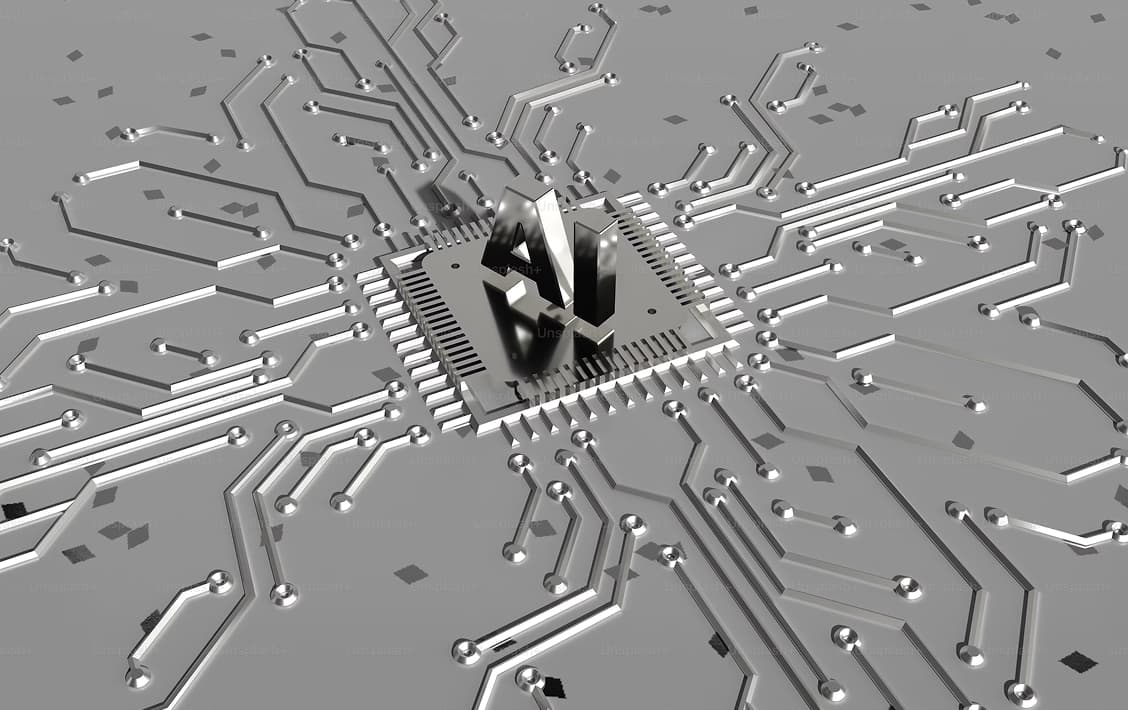20+
years of experience in software development
300+
successful projects completed
7%
turnover
rate
200+
experienced developers
70%
of senior
experts
85%
customers entrust us with new projects
20+
years of experience in software development
300+
successful projects completed
7%
turnover
rate
200+
experienced developers
70%
of senior
experts
85%
customers entrust us with new projects


We develop AI-powered software for various medical devices to enhance diagnosis, monitoring, and clinical decisions. Using machine learning, deep learning, and computer vision, our experts build solutions in medical imaging, wearables, and lab equipment to deliver faster and more accurate care.



We build embedded software solutions that can be seamlessly integrated and synchronized with medical hardware, with all compliance guidelines in mind.
.jpg)


We specialize in developing software that can run on computer platforms, interact with other interfaces and can be used in combination with embedded components.
.jpg)


Smart wearables, remote patient monitoring tools, connected imaging systems — we cover the whole range of devices that facilitate continuous data transfer, monitoring and real-time analysis.
.jpg)


We come up with efficient solutions that streamline workflows and enhance data management, including electronic health records (EHR), electronic medical records EMR, hospital management systems, and laboratory information systems.










_Angular.svg)






_Java.svg)

_.NET.svg)


_Ruby.svg)




_AWS.svg)
_Google%20Cloud.svg)
_Kubernetes.svg)
























NEKLO builds comprehensive software ecosystems for connected medical devices, including:

Yes, we adhere to a quality framework based on IEC 62304 (software lifecycle), ISO 13485 (quality management), and ISO 14971 (risk management). Our processes align with FDA 21 CFR Part 820 and EU MDR, and we support pre-sub, 510(k), and CE submissions.

Absolutely. During medical device software development we prepare all necessary documentation for regulatory submission, including Design History Files, risk assessments, and validation protocols. NEKLO has a proven track record of supporting clients through successful FDA and notified body audits.

Yes, we connect medical devices to mobile applications, cloud platforms, and EHR systems to centralize patient data. By utilizing standard protocols like BLE and Wi-Fi, and industry standards such as HL7/FHIR and custom APIs, we provide a unified and efficient healthcare experience for providers and patients.

We protect patient data in transit by implementing robust security measures such as end-to-end encryption (AES-256, TLS), secure BLE pairing, and token-based authentication. Our adherence to OWASP and FDA cybersecurity guidance not only secures the data but also gives our clients peace of mind during regulatory reviews and audits.

Yes. We implement secure over-the-air updates, rollback logic, and remote diagnostics to ensure your connected devices are always secure and functional. Our clients gain full control over versioning and deployment, allowing for efficient maintenance and agile response to new security or feature requirements in the field.

Yes, we can determine whether your software is a SaMD or an accessory. Our team maps its classification under FDA (Class I–III) and EU MDR (Class I–III, Rule 11), also advising on the appropriate intended use language. NEKLO ensures your classification and regulatory strategy are right from the very beginning.

Yes, we build software that interacts with sensors, specializing in:
NEKLO develops custom medical apps that provide a consistent user experience, improving diagnostics and remote patient care.

Yes, our support extends beyond development to include test automation, regression testing, and post-launch maintenance. We also monitor regulatory changes that might impact your software, ensuring its continued compliance and optimal performance.

We speak both the language of technology and regulation. Our experts have extensive experience in connected healthcare, which allows us to handle compliance, user experience, and system reliability, rather than just delivering code.